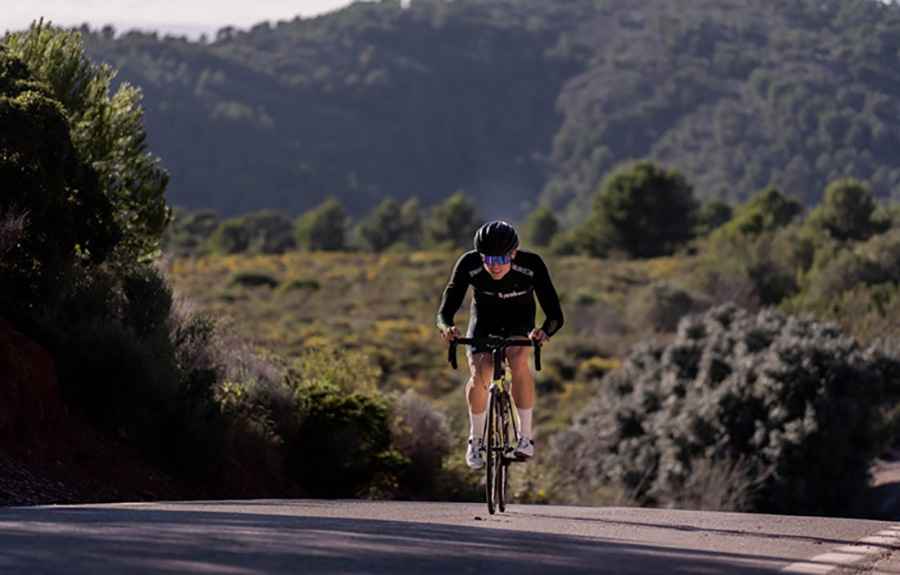5 Actions After a Bike Crash on a Remote Highway
A bicycle crash on a remote highway can feel overwhelming. But by knowing the right actions to take, you can ensure your safety and protect your rights for future support.

1. Assess Your Physical Condition and Stay Calm
The first step after a crash is to check yourself for injuries. Look for pain, bleeding, or difficulty moving. If you’re unable to move safely, stay where you are and wait for help.
Staying calm helps you think clearly during the chaos.
Take deep breaths to manage adrenaline spikes that can mask injury symptoms.
Prioritize any head trauma or fractures, as these require immediate attention.
If others were involved in the crash, quickly check their condition (if it’s safe to do so).
When possible, call out for assistance from passersby or vehicles nearby. Though, if the area is very remote (such as Abra Paves in Argentina), you may have to wait.
Ensure safety remains your top priority at all times.
2. Reach Out for Emergency Medical Assistance
If you’re on a remote highway, calling for help may take longer than in populated areas. Use your cell phone to contact emergency services immediately. Always carry a charged phone when riding in remote locations—it can be your lifeline during accidents like this.
When speaking with responders, clearly describe your location using landmarks or GPS if possible. This helps them find you faster.
If reception is poor, attempt to move cautiously to higher ground for a better signal without worsening any injuries.
Seeking timely medical aid saves lives and prevents complications.
3. Secure the Scene to Prevent Further Accidents
After ensuring you’re safe, take steps to prevent more harm. Move your bike and yourself out of the road if it’s possible without worsening injuries. This helps avoid collisions with oncoming traffic.
Use any reflective gear or lights you have to make yourself visible, especially in low-light conditions. Placing these items further up the road warns approaching vehicles of a potential hazard ahead.
If others are involved or nearby, communicate clearly to coordinate efforts for safety.
Protecting everyone at the scene reduces additional risks while waiting for help.
4. Document the Crash with Photos and Notes
Preserving details about the crash is critical. Use your phone to take clear photos of the scene, your bike, injuries, and any damage to surrounding areas. And capture skid marks or debris that might help explain what happened.
Write down key facts while they’re fresh in your memory, such as the time of day, weather conditions, road surface issues, and vehicle descriptions if another party was involved.
If others witnessed the event but can’t stay long, ask for their contact information.
Documentation can be essential later when filing insurance claims or seeking legal advice.
5. Consult a Lawyer About Potential Compensation
If you’ve been injured in the crash, it’s wise to explore your legal options. Injuries from bike accidents can lead to medical bills, lost income, and long-term challenges. A lawyer can help determine if you’re entitled to compensation for these hardships.
For example, if you're cycling on a remote stretch of road in Morro Bay, you could find yourself dealing with injuries or damages caused by another party's negligence.
In that case, consulting a bicycle accident attorney city of morro bay ensures expert guidance on how to proceed legally.
Final Thoughts
Taking the right steps after a bike crash protects your health, safety, and legal rights.
Preparation and quick actions make all the difference in recovery.
So, stay proactive and prioritize your well-being throughout the process. Each action taken brings you closer to recovery, ensuring peace of mind and fair resolution.
Image source: https://www.pexels.com/photo/cyclist-in-training-17239279/